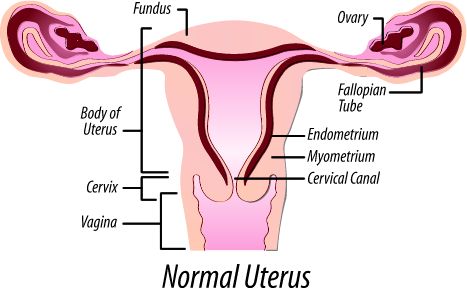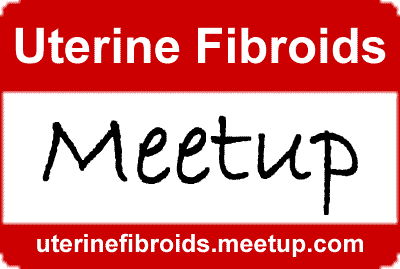 |
 |
 |
 |
 |
 |
 |

|
PO
Box 9688 |
|
Colorado
Springs, CO 80932-0688 |
|
719.633.3454 |
|
|
|
The Uterus
To gain an understanding of how the reproductive system works, it's really important that you also have a basic understanding of The Uterus and all of it's relevant components.
A "normal" uterus is typically the size and shape of an upside down pear and weighs somewhere around 6 ounces. Its dimensional size is about eight to ten centimeters by six centimeters (roughly 3-4 inches by 2 ½ inches).

| Body of Uterus | Normal site of implantation of fertilized eggs. |
| Cervical Canal | Area from vagina through the cervix to the body of the uterus. |
| Cervix | The lower portion of the uterus. |
| Endometrium | The lining of the uterus. |
| Fallopian Tube | Tube that eggs travel through when they move from the ovary to the uterus. |
| Fundus | The top of the uterus; the area between the fallopian tubes. |
| Myometrium | Muscular wall of the uterus. |
| Ovary | Organ that contains eggs and produces hormones. |
| Vagina (Birth Canal) | Area or passage from the uterus to the genitals. |
Although these look like pretty simple body parts located roughly in the vicinity of the lower abdomen, the real truth is that they are much more complicated than they appear. In addition, the entire hormonal cycle is run by the ovaries, central nervous system, and a couple of areas in the brain called the hypothalamus and pituitary gland.
The hypothalamus produces gonadotropin-releasing hormones (GnRH) which in turn controls the release of two other hormones in the pituitary gland - luteinizing hormone (LH) and follicle-stimulating hormone (FSH). These two hormones subsequently control a woman's entire reproductive cycle. In the first half of the menstrual cycle, FSH stimulates the ovaries to produce estrogen and in the second half LH kicks in to stimulate the production of progesterone. Basically, the hormones produced affect the entire production of estrogen in the ovaries as well as the growth of the endometrium that occurs each month.
Estrogen then circularly affects the overall continuing release of hormones in the hypothalamus, pituitary gland, and central nervous system. Estrogen also brings on ovulation (release of eggs) and effects both the uterus and vagina - and, ultimately, the growth of uterine fibroids. All in all, it's an extremely delicate balance between the ovaries, central nervous system, and hypothalamus and pituitary gland. Any disruption to this balance can create a bit of chaos. As a woman's hormones start fluctuating in her mid to late 40s, symptoms such as hot flashes, insomnia, fatigue, irritability, depression, and difficulty concentrating are all common symptoms of perimenopause. Most of these symptoms settle down after menopause when hormones stop fluctuating on a daily and monthly basis.
Donate | Copyright Information ©2000-2010 | Contact NUFF
This page last updated Sunday, November 21, 2010


